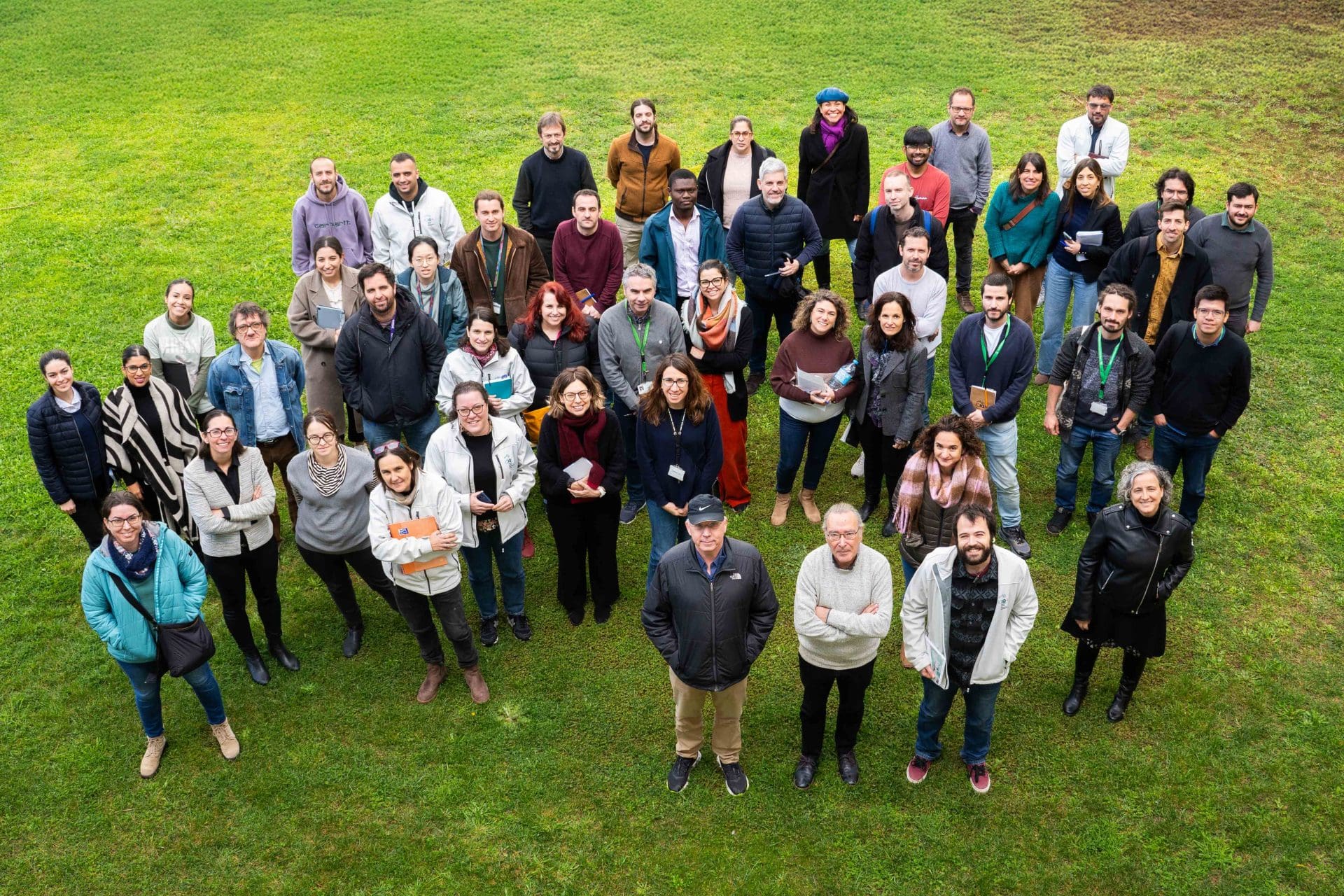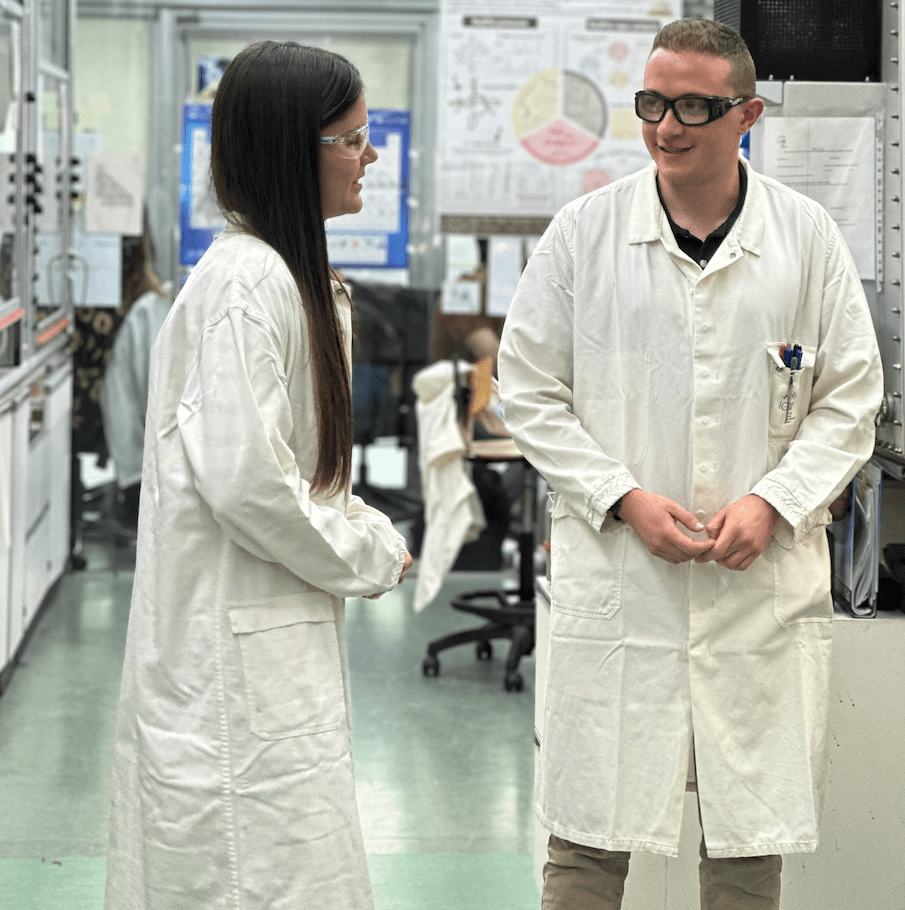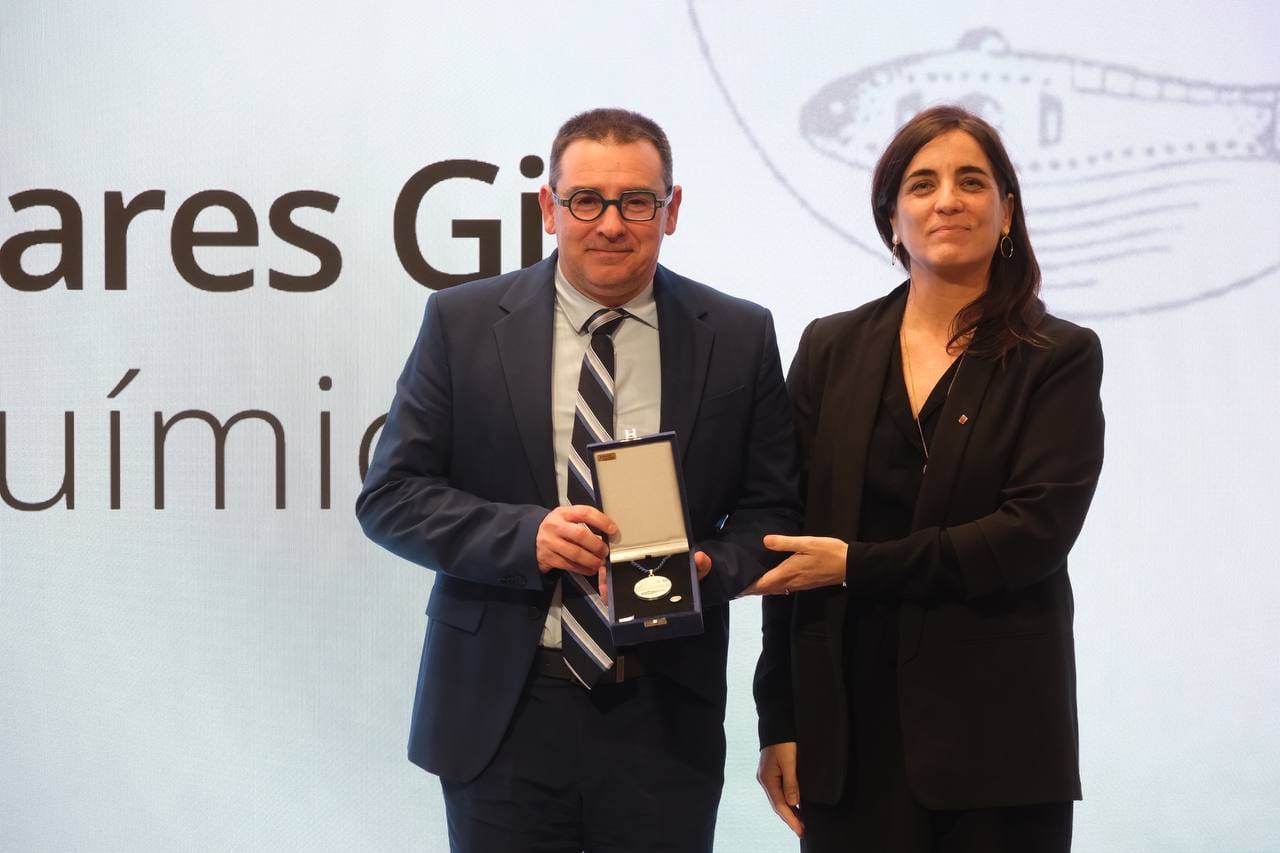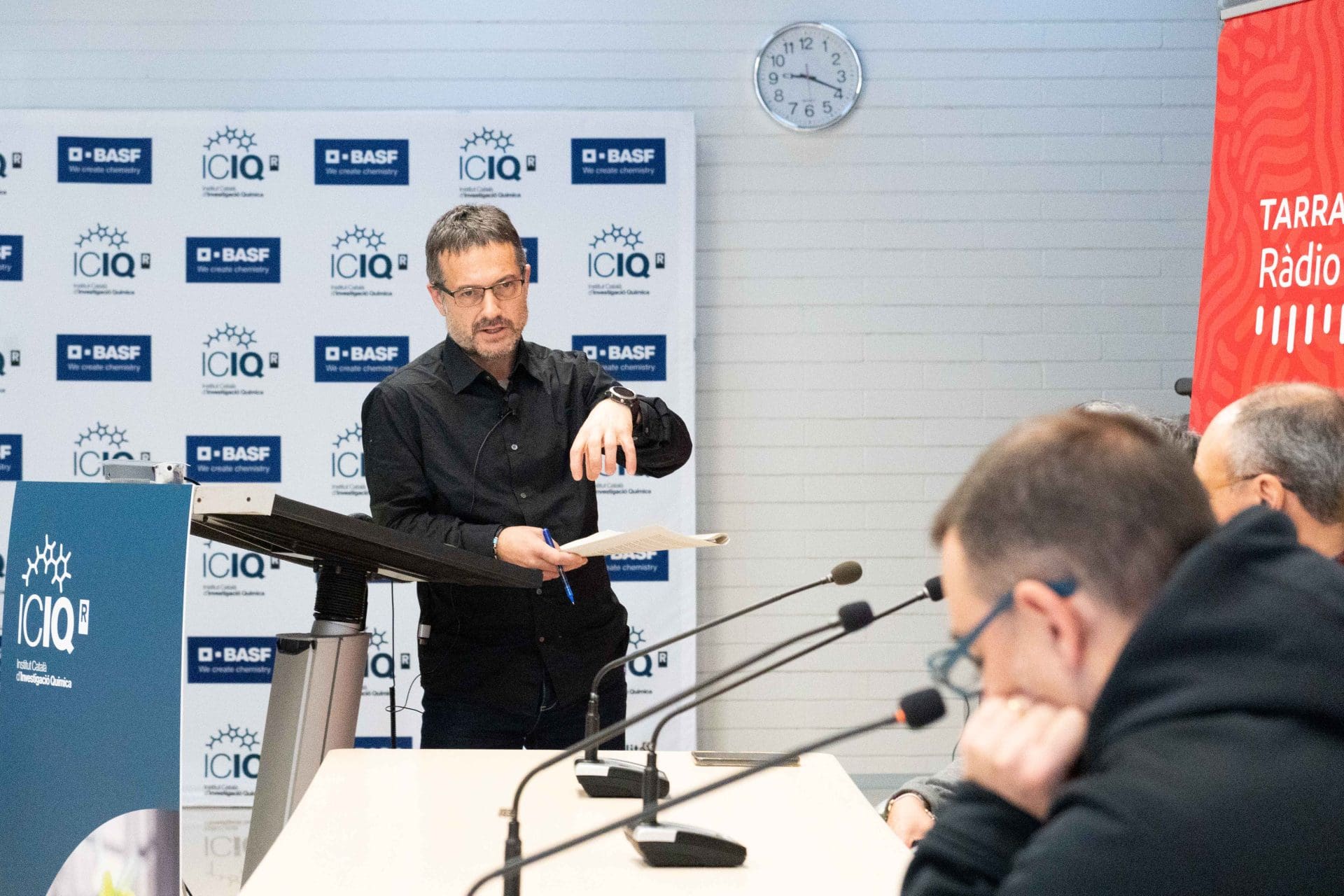Research on carbene transfer reaction highlighted in Synfacts
9th April 2015 – A paper published by Prof. Pericàs group in Chemical Science has been highlighted in Synfacts, vol 11, issue 4 (443). Synfacts selects the most significant results on synthetic organic chemistry that appear in the literature considered as the future trends in synthetic chemistry.
The paper deals with the carbene transfer reaction using a PS-Supported Copper Catalysts. A polystyrene-linked tris(triazolyl)methanecopper(I) cationic catalyst operates under heterogeneous conditions for the reaction of ethyl diazoacetate (EDA) with an array of substrates. Carbon–hydrogen as well as X–H (X = O, N) functionalization derived from the formal transfer of the carbene moiety (:CHCO2Et) from the copper center and subsequent insertion have been achieved, the reactions permitting repeated catalyst recycling and reuse. The addition of the same carbene unit to benzene leading to a cycloheptatriene derivative (Büchner reaction) or to phenylacetylene (cyclopropenation) took place at similar rates to the insertion processes and with the same catalyst recyclability. The use of this heterogenized cationic Cu catalyst in continuous flow has also been implemented. Key characteristics of the flow process are its high and constant turnover frequency (TOF) (residence times of 1 min still lead to full conversion in the reaction with ethanol after 48 h operation) and its suitability for the sequential performance of different types of carbene transfer reactions with a simple and affordable experimental setup.
A fully recyclable heterogenized Cu catalyst for the general carbene transfer reaction in batch and flow
L. Maestre, E. Ozkal, C. Ayats, A. Beltrán, M. M. Díaz-Requejo, P. J. Pérez, M. A. Pericàs
Chem. Sci., 2015, 6, 1510-1515
Related news

Let's create a brighter future
Join our team to work with renowned researchers, tackle groundbreaking
projects and contribute to meaningful scientific advancements







 27-03-2025
27-03-2025 



















